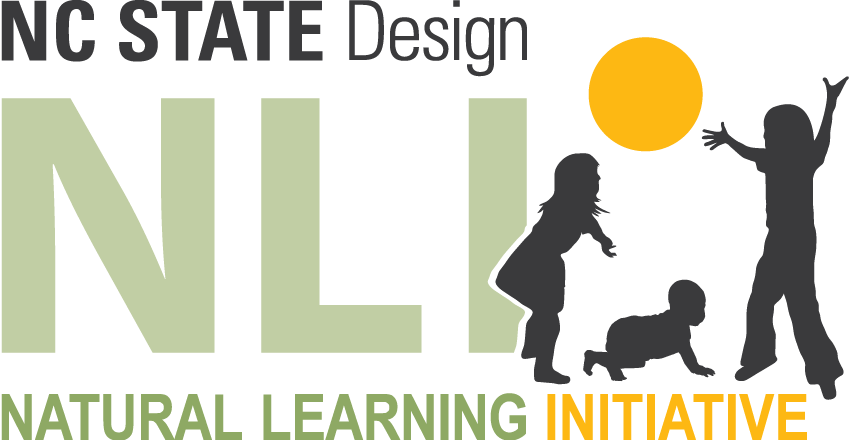Fence Weaving
Almost all childcare centers have a chain-link fence around the outdoor play area. Most often, it is used for little other than defining the boundaries for outdoor play. As a standalone component, it is dull, colorless, non-stimulating, and not very attractive. It has little aesthetic or utilitarian value. Let’s dress up our fence!
Setting:
Areas near a chain-link fence in the outdoor learning environment (OLE)
Focus:
Creative expression
Curricular Areas:
- Fine motor skills
- Imitating
- Hand-eye coordination
- Learning colors, patterns, and sizes
- Decision-making
- Following directions
- Vocabulary (long, short, soft, hard, smooth, hole, fence, insert, push, pull)
Suggestions:
- Place containers of fabric strips near the fence. A small stump for each container or one large table-height stump for all containers works well and identifies the area as a designated “play space,”
- With walking infants (12-18 months), simply model the behavior of weaving by lacing a fabric piece through a hole in the fence.
- With older infants (18-30 months) you may want to introduce directions: “Let’s dress up the fence with red strips today”; “Let’s add 3 strips of fabric on the fence today”; “Let’s make a pretty pattern.”
- As you model fence weaving for the children, be aware of all of the opportunities for growth and development in the curricular areas listed above. Expand on this activity for further play and learning opportunities for children.
- Take photos of even small pieces of “completed work.” Use photos to help children remember their work on the fence weaving project (important for later reading recall and comprehension)
Variations:
- Add even more variation in color, length of fabric strips, patterns, etc. as the year progresses.
- For older children who have developed motor skills, allow them to cut strips of fabric (with child-safe scissors). Use a ruler and have them measure the fabric before cutting.
- Add holiday cheer and seasonal recognition by providing selected colors such as orange, red, yellow, and brown in the Fall, or pink, blue, and green in the Spring. Reflect specific topic areas by providing fabric with different animals, with trees and flowers, or fabric with popular characters such as Sponge Bob. Fabric stores will readily provide end-of-bolt fabrics at no cost.
Engaging Parents:
- Send photos home to parents and encourage them to do a similar project at home with their children. They do not necessarily need a chain-link fence: a large square of chicken wire from Home Depot or Lowe’s works well.
- Ask parents to bring additional 2 inch strips from home to add to the fence.
Materials:
- Containers (baskets, boxes, cans, zippered plastic bags) with 2 inch strips of fabric (different lengths, colors, patterns, thickness, texture)
- Use oil cloth or weather proof fabric to make this activity semi-permanent over an extended period of time: this gives children a sense of working on a project.
- The project might be referred to as “our beautiful fence,” or “dressing up the fence.”


